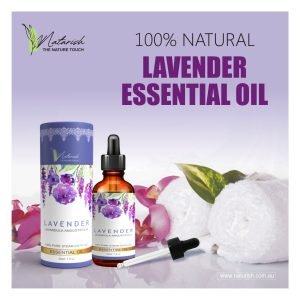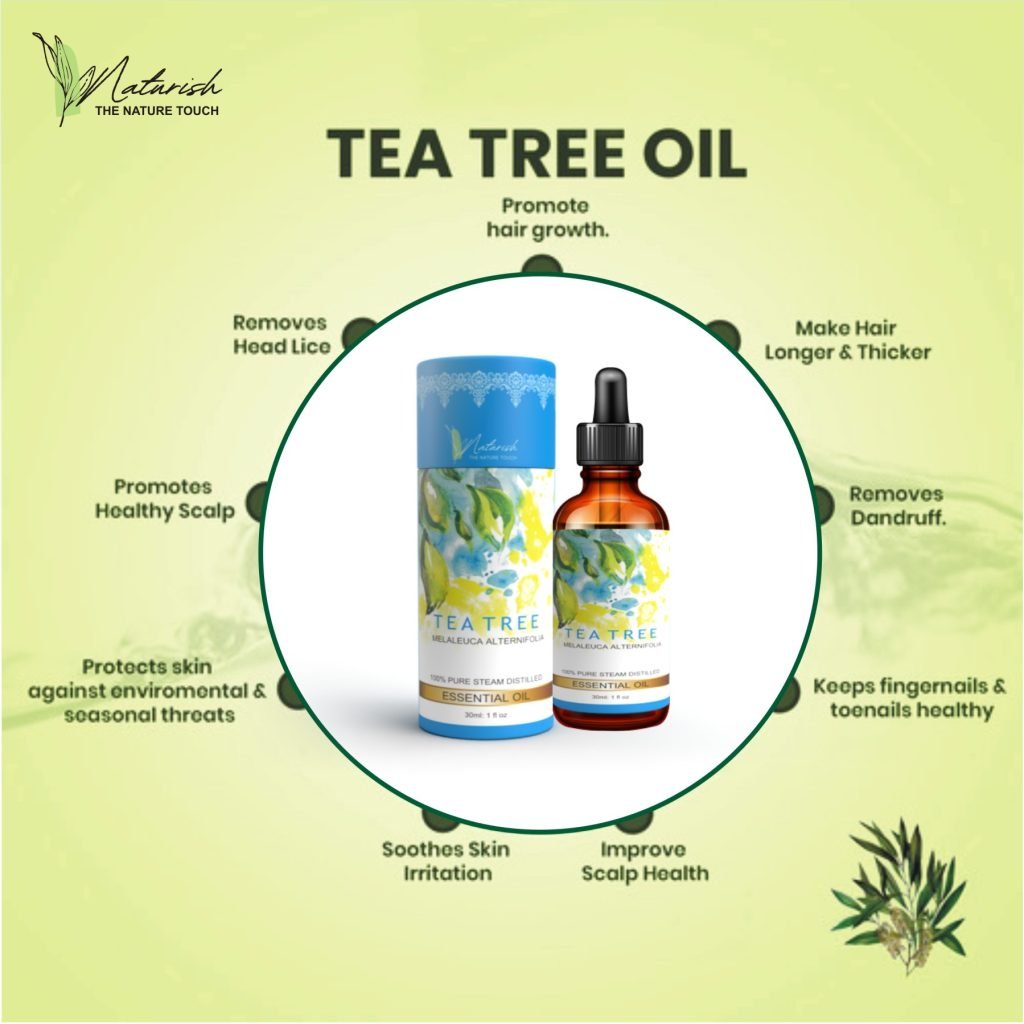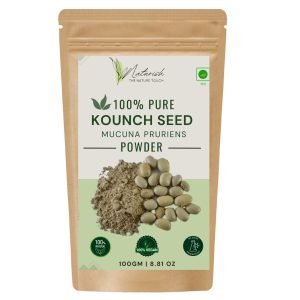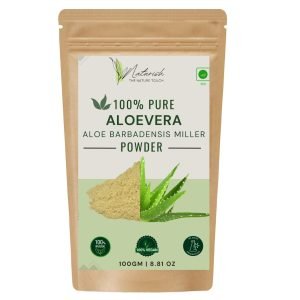Menu
 Premium Ylang Ylang Essential Oil - Natural Aromatherapy, Stress Relief, and Relaxation with 100% Pure Therapeutic Grade Ylang Ylang Oil
Premium Ylang Ylang Essential Oil - Natural Aromatherapy, Stress Relief, and Relaxation with 100% Pure Therapeutic Grade Ylang Ylang Oil
₹599.00
₹279.00
 Tea Tree Essential Oil - Natural Skin Care Solution with Antiseptic Properties
Tea Tree Essential Oil - Natural Skin Care Solution with Antiseptic Properties
₹599.00
₹279.00
 Premium Sweet Orange Essential Oil - Natural Citrus Aromatherapy for Relaxation and Wellness
Premium Sweet Orange Essential Oil - Natural Citrus Aromatherapy for Relaxation and Wellness
₹699.00
₹289.00
 Premium Sandalwood Oil - Natural Aromatherapy Essential Oil for Relaxation and Skin Care
Premium Sandalwood Oil - Natural Aromatherapy Essential Oil for Relaxation and Skin Care
₹599.00
₹279.00
 Premium Rosemary Oil for Hair and Skin Care - Natural Aromatherapy Essential Oil
Premium Rosemary Oil for Hair and Skin Care - Natural Aromatherapy Essential Oil
₹599.00
₹279.00
 Peppermint Essential Oil - 100% Pure Natural Aromatherapy for Relaxation, Pain Relief, and Fresh Breath
Peppermint Essential Oil - 100% Pure Natural Aromatherapy for Relaxation, Pain Relief, and Fresh Breath
₹499.00
₹249.00
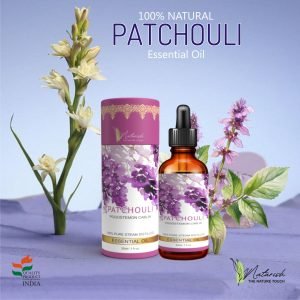 Patchouli Essential Oil - Natural Aromatherapy Oil for Relaxation, Skin Care, and Home Fragrance
Patchouli Essential Oil - Natural Aromatherapy Oil for Relaxation, Skin Care, and Home Fragrance
₹1,399.00
₹749.00


